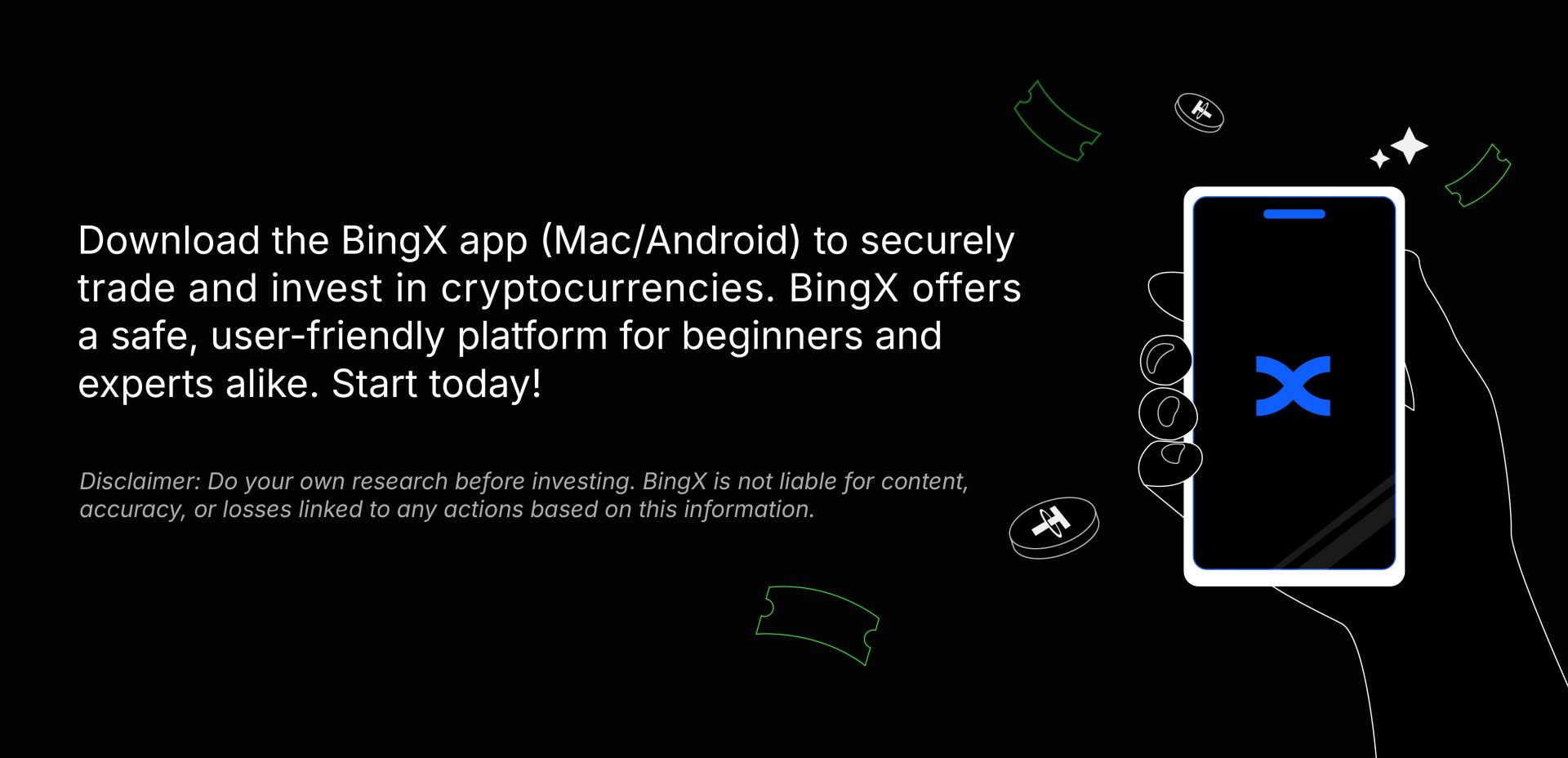Japan’s financial landscape is changing – and Minna Bank is at the forefront. As the country’s first fully digital-only bank, Minna Bank is embracing stablecoins as part of its mission to redefine how modern banking works. In a newly announced initiative, Minna Bank has partnered with Fireblocks and Solana Japan to explore how stablecoins could unlock faster, cheaper, and more flexible financial services. Their focus? Real-world applications like cross-border payments, trading of tokenized assets, and seamless digital wallets.
Why Stablecoins – and Why Now?
With stablecoins surpassing $250 billion in global market cap, they’ve evolved far beyond niche crypto use cases. Banks worldwide are now seeing their potential to modernize settlement infrastructure, simplify payments, and improve cross-border transactions. For Japan, this effort is especially notable.
Traditionally conservative when it comes to banking innovation, Japan is now embracing Web3 concepts through trusted institutions like Minna Bank. Over 70% of Minna Bank’s customers are between 15 and 39 years old – a demographic that expects 24/7 service, intuitive design, and digital-first solutions.
Why Solana?
Solana’s blockchain is becoming a go-to choice for high-speed settlement and scalable stablecoin issuance. Its low fees and rapid transaction throughput make it ideal for both retail payments and larger asset trades.
By choosing Solana, Minna Bank signals that it’s aiming for more than experimentation – it’s looking at real-world scalability. And with Fireblocks providing secure digital asset infrastructure, this collaboration is designed for speed, security, and future growth.
A Greater Shift: Digital Wallets and Everyday Use
Another key part of this study is exploring how Web3 wallets can enhance consumer payment experiences. Instead of the friction of legacy payment rails, users could transact instantly across borders and asset classes – from buying a coffee to trading tokenized real estate.
For users, this represents a future where digital money is more seamless, accessible, and cost-efficient than today’s fiat options.
A Larger Trend Across Asia
Minna Bank’s move reflects a larger trend throughout Asia: traditional financial institutions are embracing blockchain and stablecoins not just as experiments, but as the next generation of financial infrastructure.
For crypto-savvy users and newcomers alike, this evolution means faster payments, more flexible transactions, and an expanding bridge between traditional banking and Web3.
